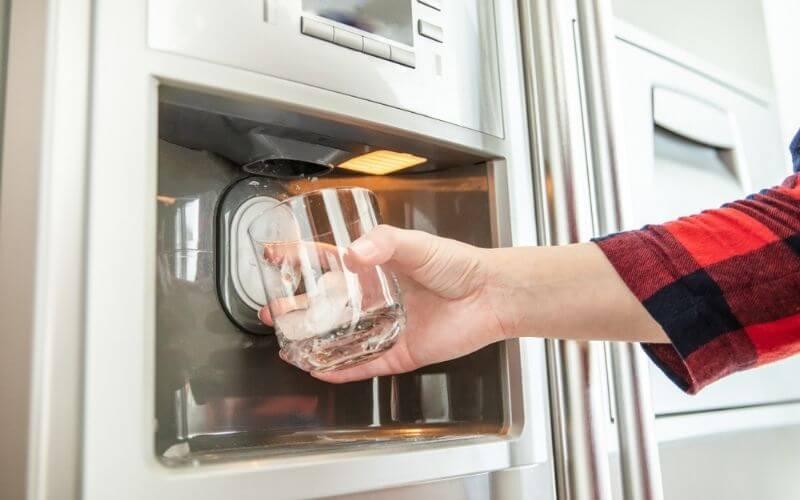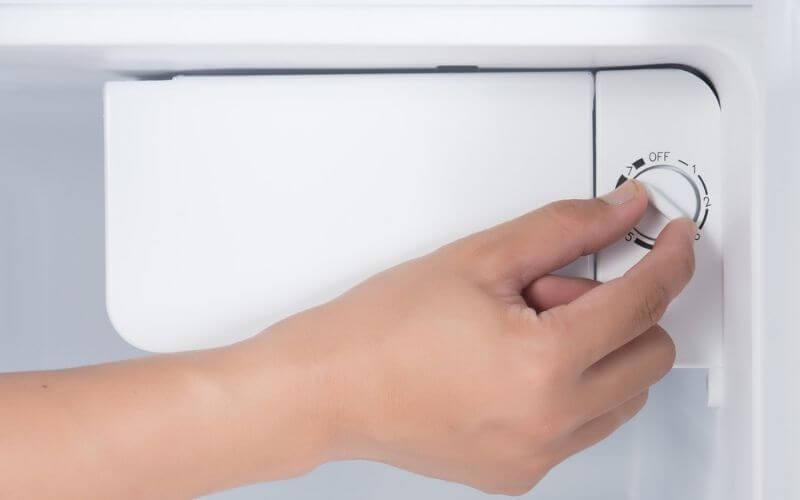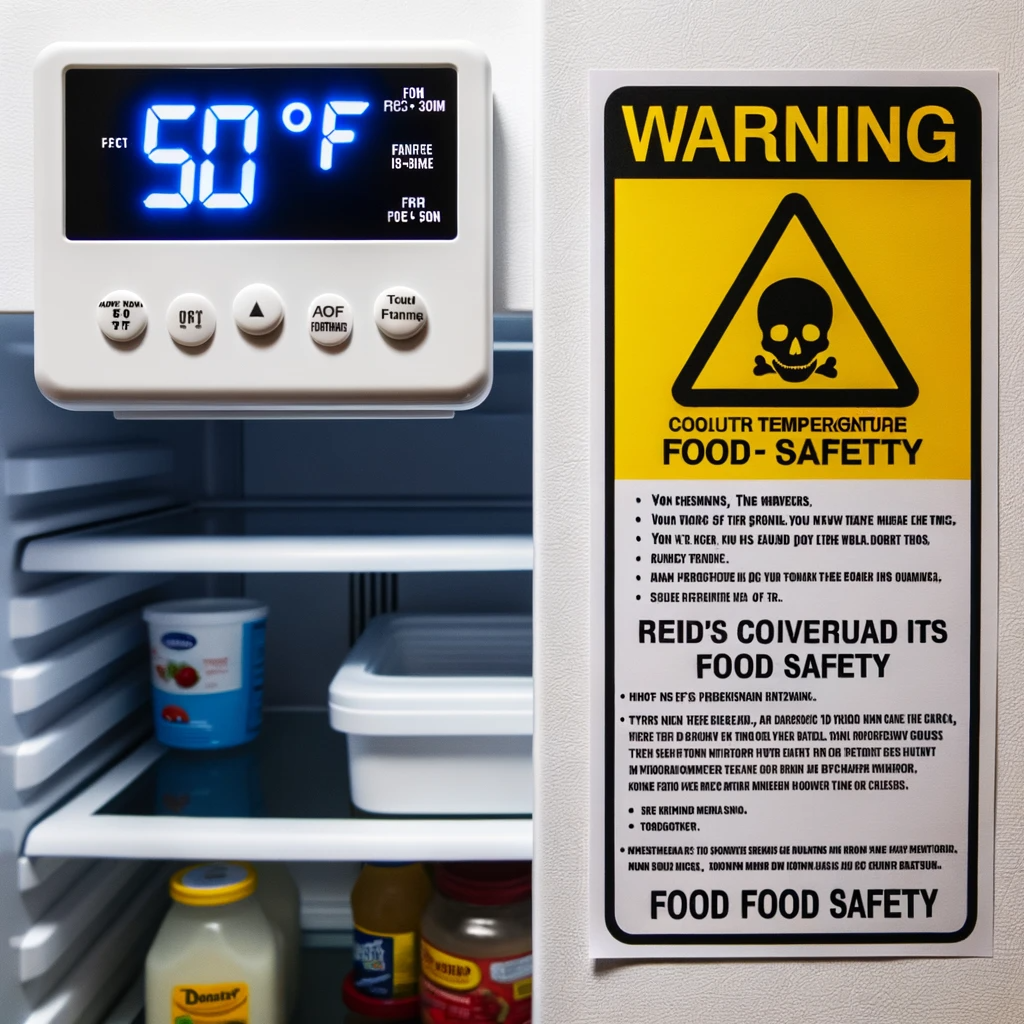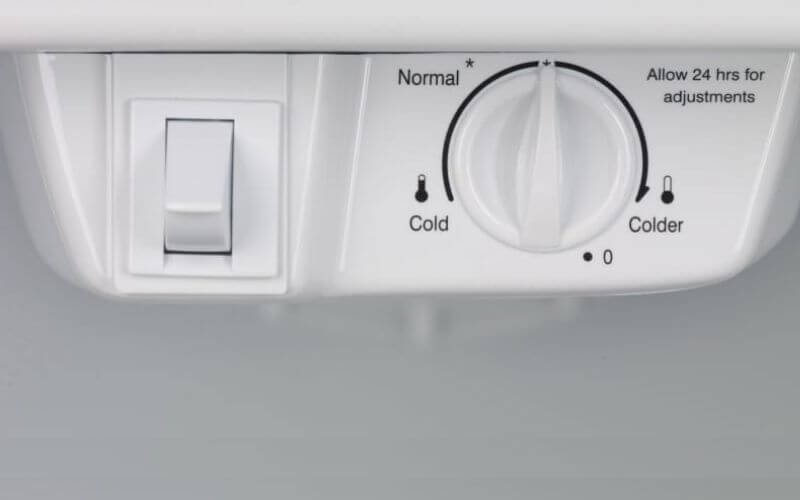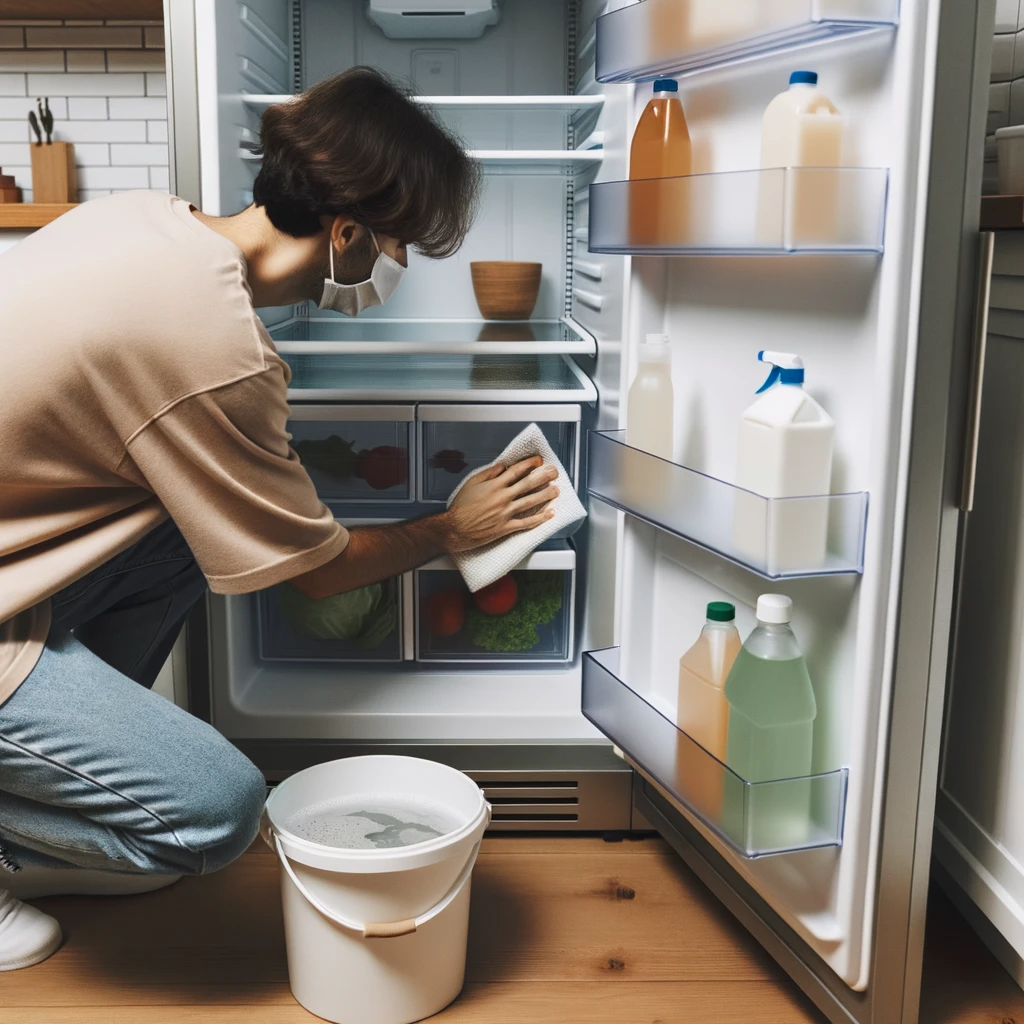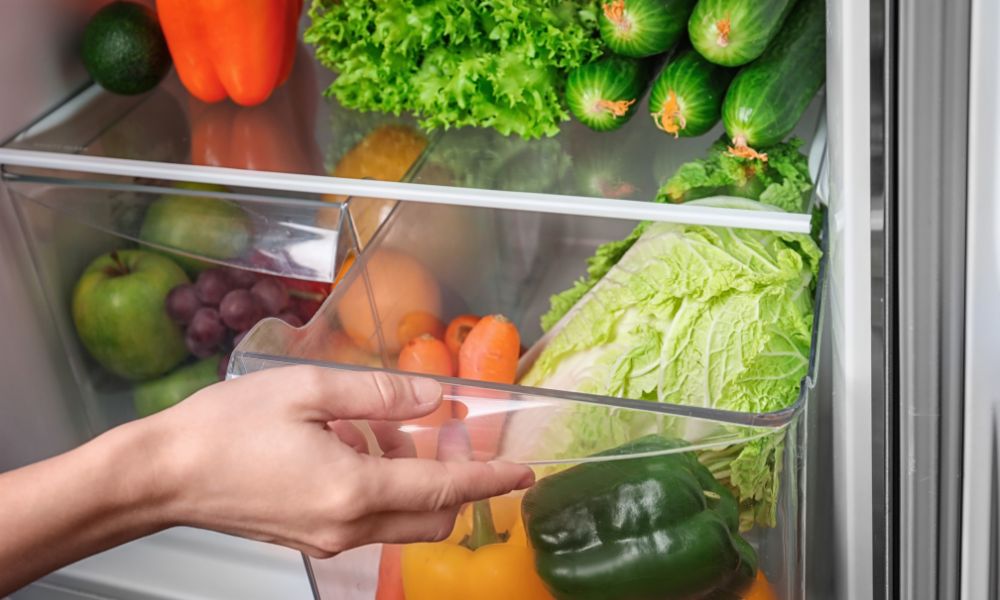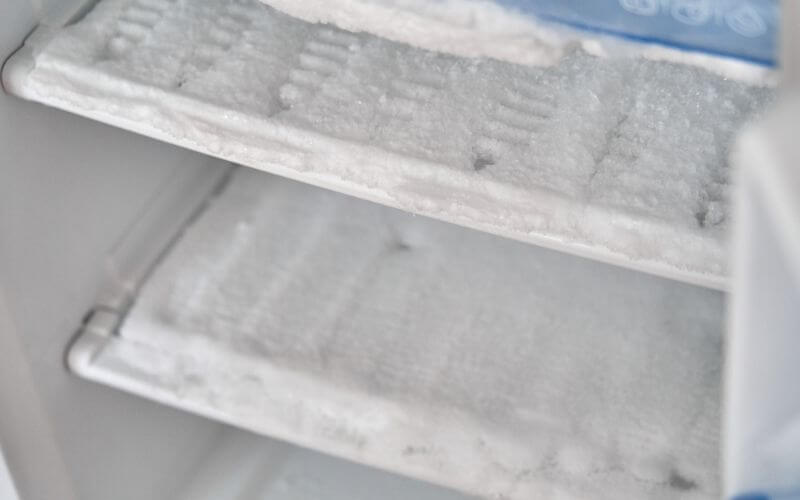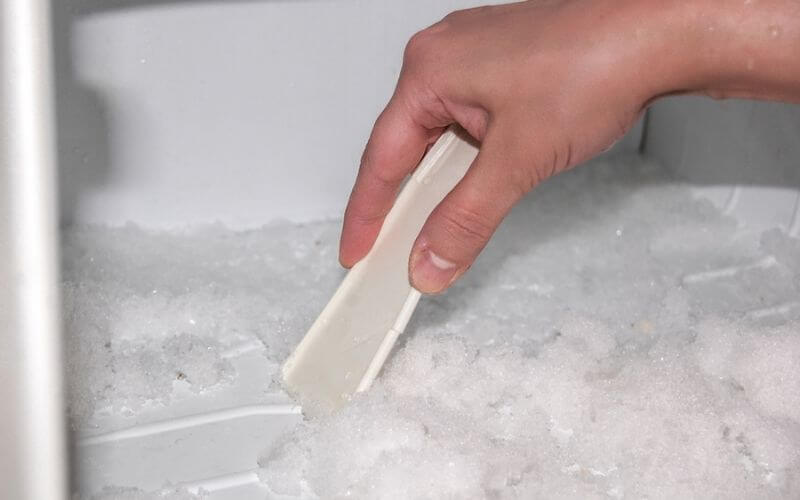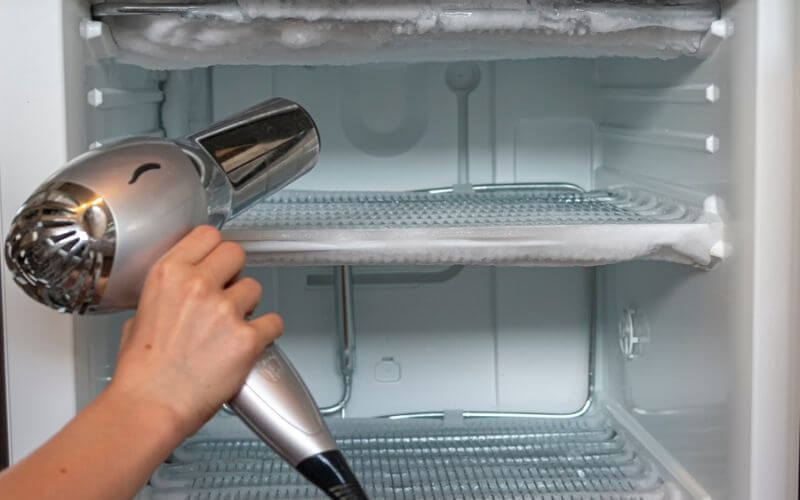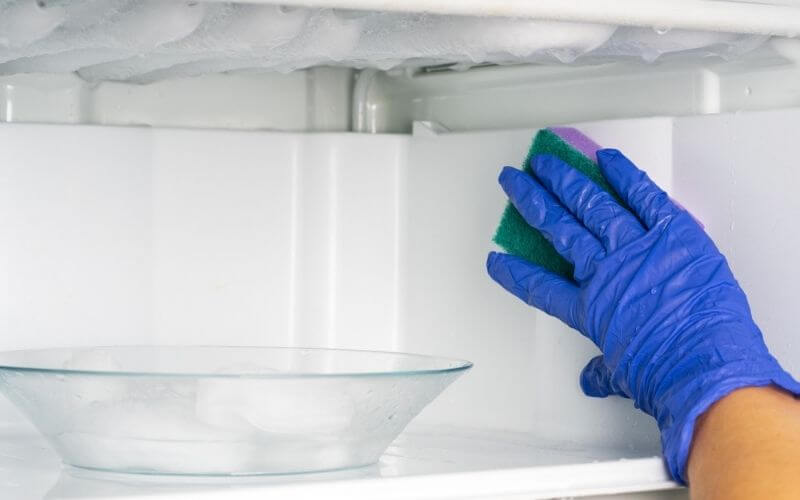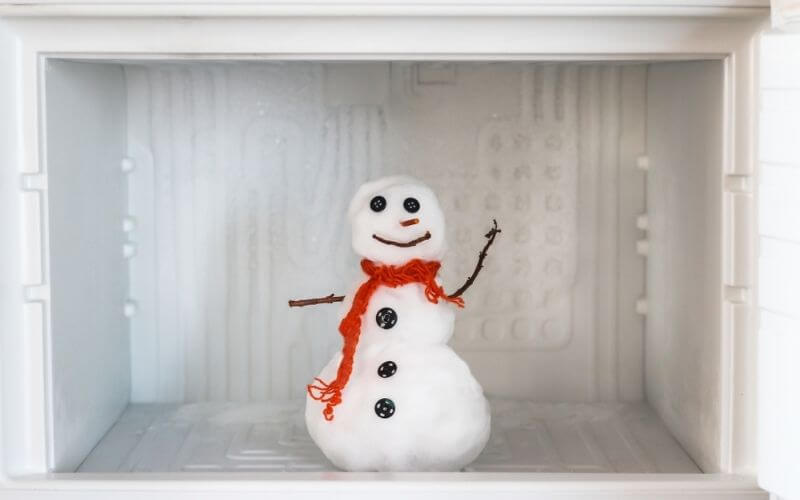Is your LG refrigerator ice maker not making ice? As a former restaurant chef, I know firsthand the frustration of a faulty ice maker.
But fear not! I’ve compiled an ultimate DIY LG ice maker troubleshooting guide to help you get those cubes flowing again in hours, not days.
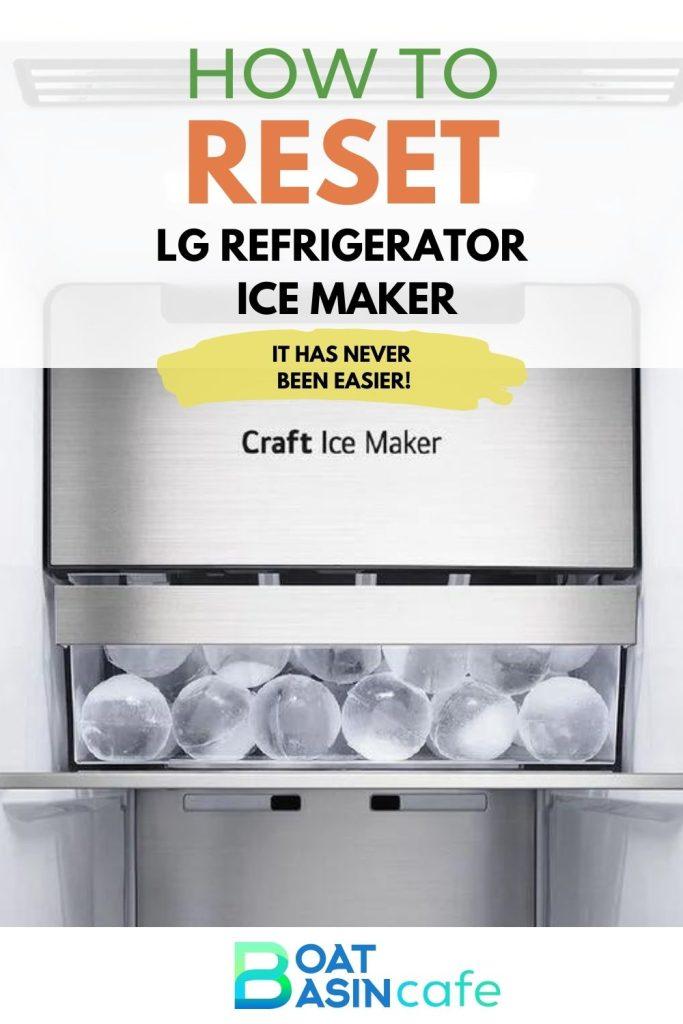
Quick Fix Table: Common LG Ice Maker Issues
Before we dive into detailed solutions, check out this handy table for a quick glance at common LG ice maker problems and their speedy fixes:
| Problem | Possible Causes | Fix Steps |
|---|---|---|
| LG refrigerator ice maker not making ice | – On/off switch accidentally bumped – Water filter clogged – Water line kinked or frozen | 1. Check the ice maker’s on/off switch and ensure it’s in the “on” position. 2. Replace the water filter if it’s more than 6 months old. 3. Inspect the water line for kinks or signs of freezing, and straighten or thaw as needed. |
| Ice dispenser jammed | – Large ice clumps blocking the chute – Dispenser switch faulty or stuck | 1. Use a hairdryer to melt any ice clumps in the dispenser chute. 2. Test the dispenser switch and replace it if it’s not working properly. |
| Slow ice production | – Freezer temperature set too high – Low water pressure | 1. Adjust the freezer temperature to 0°F (-18°C) or lower. 2. Check the water pressure and ensure it’s between 20 and 120 psi. Install a pressure regulator if needed. |
The 60-Second LG Ice Maker Reset That Works Like Magic
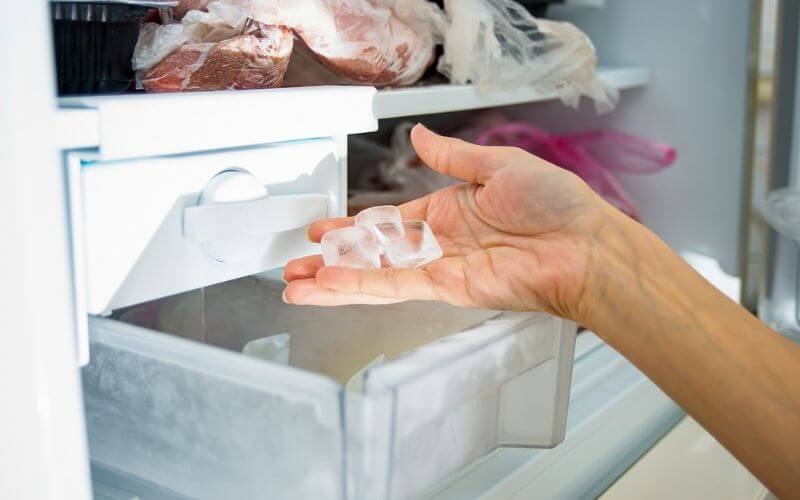
Before we roll up our sleeves and start tinkering, let’s try the fastest fix of them all: the good old-fashioned reset.
You’d be surprised how many LG ice maker problems can be solved with a simple on/off switch toggle.
💁🏻♂️Just follow these quick steps:
- Locate the on/off switch on your ice maker (usually found in the freezer compartment).
- Flip the switch to the “off” position, wait 5 seconds, then flip it back to “on.”
- Keep an eye out for the reset indicators: the ejector blades should start turning, water should begin to fill the mold, and fresh ice should drop into the bin.
Voila! If your ice maker springs back to life, congratulations – you just saved yourself a whole lot of time and trouble.
If the reset didn’t do the trick, don’t worry. We’re just getting started. But first, let’s eliminate a few common culprits:
- Is your freezer temperature too high? Aim for 0°F (-18°C) or lower for optimal ice production.
- Is the water line kinked or frozen? Gently straighten any kinks and thaw frozen sections with a hairdryer.
- Is the water filter clogged? If it’s been more than six months since your last filter change, swap in a fresh one.
Fixing Common LG Ice Maker Jams Like a Pro
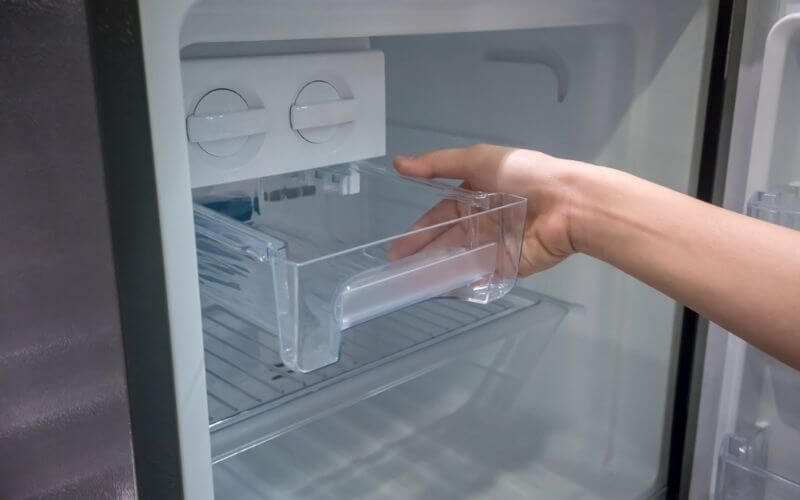
As a chef, I’ve tackled my fair share of ice maker jams. From clogged dispensers to funky-tasting cubes, I’ve seen (and fixed) it all.
Here are some of the most common LG ice maker issues and my go-to solutions:
Problem 1: Ice Dispenser Jammed
There’s nothing quite like the disappointment of reaching for ice, only to find your dispenser chute clogged with a giant, immovable clump. To break through the ice jam:
- Grab your trusty hairdryer and aim it at the clogged chute. The gentle heat should melt away the blockage.
- If the ice proves stubborn, use a plastic utensil to carefully chip away at the edges of the clog, then try the hairdryer again.
- Once the ice is clear, test the dispenser switch. If it’s stuck or unresponsive, you may need to replace it.
Problem 2: Ice Tastes Like Last Week’s Leftovers
Is your LG ice maker producing cubes that taste more like the back of your fridge than fresh, clean water? The likely culprits are:
- Freezer odors: Ice is incredibly porous and readily absorbs any funky smells lingering in your freezer. To banish the stench:
- Remove all food items and thoroughly clean the interior with a baking soda solution.
- Toss any old or expired items that might be causing the odor.
- Store pungent foods in airtight containers to prevent future ice contamination.
- Old or dirty water filter: A past-its-prime water filter can introduce all sorts of unpleasant tastes and odors to your ice. For a quick fix:
- Replace the filter with a fresh, LG-approved model.
- Run a few cycles and discard the first batches of ice to flush any residual funk.
Problem 3: Slow Ice Production
Is your LG ice maker’s output more trickle than torrent? Two sneaky culprits could be to blame:
- Freezer temperature set too high: As any chef worth their salt knows, ice needs a brisk environment to form properly. Ensure your freezer is set to 0°F (-18°C) or lower for optimal production.
- Low water pressure: Your ice maker requires a steady flow of water to work its magic. If your home’s water pressure is below 20 psi, it may struggle to fill the mold in time. You can:
- Test your water pressure with a simple gauge from the hardware store.
- If it’s below 20 psi, consider installing a pressure boosting system to get your flow back on track.
💁🏻♂️ You may also like: Common LG Refrigerator Problems: Fix Them Like a Pro
When to Bring in the Big Guns (Or, When to Call a Pro)
While most LG ice maker issues can be resolved with a little DIY know-how, some problems are best left to the experts. If you’ve exhausted all troubleshooting avenues and your ice maker is still on the fritz, it might be time to call in a pro.
Here are a few surefire signs it’s time to throw in the towel and dial up an appliance repair technician:
- Your ice maker is making scary noises that sound more like a haunted house than a kitchen appliance.
- You’ve got a leak that’s threatening to turn your kitchen into an impromptu swimming pool.
- Your once-cubed ice is now a surrealist sculpture that Salvador Dali would envy.
- You’ve replaced every part but the kitchen sink (twice), and still no dice.
The Wrap-Up: Keeping Your Cool with a Well-Oiled Ice Maker
As a veteran of the Cafe industry, I know the importance of a reliable ice maker. Whether you’re serving up frosty margaritas or just trying to keep your iced tea chilly, a steady supply of clean, fresh ice is non-negotiable.
By following the tips and tricks in this guide, you’ll be well-equipped to tackle the most common LG ice maker issues with confidence and ease. And if all else fails, don’t hesitate to call in the cavalry – even the most seasoned DIYers need a little backup sometimes.
So go forth, intrepid ice maker troubleshooters, and may your freezer always be full of perfectly formed, crystal-clear cubes. And if you’ve got a quirky ice maker issue that’s got you stumped, drop a comment below – I’m always happy to lend my chef’s expertise to a fellow culinary adventurer.
